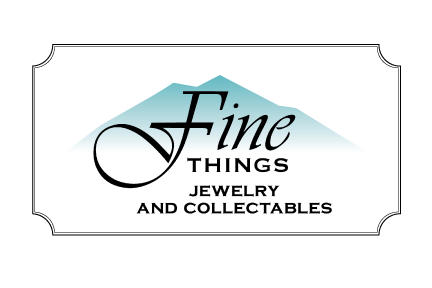Citrine
This November birthstone is the transparent yellow to brownish orange variety of quartz, which has been used in jewelry for thousands of years. Most of the Citrine in the marketplace results from the heat treatment of Amethyst. With its ready availability in a broad range of sizes, Citrine as a birthstone is one of the most affordable and desired yellow gemstones.
Definition:
Citrine, believed to derive from the French word for “lemon” (citron). Citrine’s color comes from traces of iron. It’s perhaps the most popular and frequently purchased yellow stone as an alternative to yellow topaz and yellow sapphire. In the contemporary market, Citrine’s most popular shade is an earthy, deep, brownish or reddish orange.
Shop Citrine Jewelry

The History of Citrine:
Citrine has been a popular gemstone since ancient times and has shared a history of mistaken identities with the other November birthstone, Topaz. As a result, people thought citrine had the same powers as topaz. They believed citrine could soothe tempers and calm the wearer.
The ancient Greeks carved rock crystal ornaments that glistened like permafrost. Roman pontiffs wore rings set with massive purple amethysts, and citrine has been reported in Roman jewelry as well. It was particularly popular in colorful Scottish jewelry from the Victorian Era.
Symbolism:
Citrine is a powerful cleanser and regenerator. It is believed to carry the power of the sun. It is warming, energizing, and highly creative. This birthstone is one of the stones of abundance. This dynamic stone teaches how to manifest and attract wealth and prosperity, success, and all good things. Citrine is a happy, generous stone and encourages sharing what you have and yet helps you to hold on to your wealth. It has the power to impart joy to all who behold it.
Psychologically, Citrine raises self-esteem and self-confidence, and removes destructive tendencies. It enhances individuality, improves motivation, activates creativity, and encourages self-expression. This stone promotes enjoyment of new experiences.
Mentally, Citrine enhances concentration and revitalizes the mind. It promotes inner calm so that wisdom can emerge. Wearing a Citrine pendant overcomes difficulty in verbalizing thoughts and feelings.
Emotionally, Citrine promotes joy in life. This stone helps you move into the flow of feelings and become emotionally balanced.
Physically, Citrine imparts energy and invigoration to the physical body. It is useful for people who are particularly sensitive to environmental and other outside influences.
Location:
The top sources for this November birthstone are Bolivia, Spain, Madagascar, Mexico, and Uruguay. Amethyst that’s typically heat treated to a citrine color is mined mostly in Brazil.
Deep in the world’s largest freshwater wetland lies Bolivia’s Anahi mine, an important source for natural, unheated citrine. Fields of wildflowers, brightly plumed birds, kaleidoscopes of butterflies, Howler monkeys and jaguars are some of the actors on this vast stage. The story of the mine is worthy of the setting. Discovered by a Spanish conquistador in the 1600s, it was given to him as dowry when he married Anahi, a princess from the Ayoreos tribe of Paraguay. The mine was lost for three centuries until it was rediscovered in the 1960s.
The Anahi mine produces a unique combination of Amethyst and Citrine in the same crystal; when the two colors appear together in a fashioned gem, it is known as Ametrine. The Citrine birthstones produced at the Anahi mine typically range from orange-yellow to brownish/greenish yellow.
Care & Cleaning:
At 7 on the Mohs Scale of Hardness with good toughness, your citrine birthstone is usually durable enough for normal wear and care. It can be safely cleaned with warm, soapy water. While it is usually okay to clean your November birthstone in an ultrasonic machine, stem cleaning is risky since high heat could cause the stone to crack.
Why We Love This Gemstone
Affordable:
Even fine Citrine has a modest price tag. Large gems remain affordable, as price per carat does not rise dramatically for larger sizes.
Geodes:
Giant hollow crystal-lined amethyst geodes from areas like Brazil are often heated to become giant citrine “cathedrals”.
Ametrine:
In Bolivia, Amethyst and Citrine colors can occur together in the same crystal. These unique gems are called Ametrine.
COLOR
Vivid yellows, reddish oranges, and earth tones are popular with consumers.
CLARITY
Eye-visible inclusions are not common in Citrine. If present, they decrease its value.
CUT
Citrine might be carved, custom-cut, or calibrated for jewelry use.
.
CARAT
Citrine is available in a wide range of sizes for setting into a variety of jewelry styles.
Need help selecting an amazing gift?
We all need a little help sometimes, whether the gift is for someone special or even yourself, let us guide you. Give us a call or drop an email





